|| An Egyptian legend ||
In ancient Egypt, Ma’at (pronounced as ‘Ma’) was the goddess of truth, justice, and balance. She was the daughter of the Ra (God of gods and father of all creation) and wife of the moon god, Thoth. She was said to be the ideological opposite to Isfet, the god of injustice and chaos.
She was depicted as a woman with an ostrich feather on her head, sometimes on a pedestal.
Some ancient inscriptions also depict her having wings of the vulture, which is her sacred animal. The vulture symbolism represents a keen eye, as Ma’at is also known as ‘eye of Ra’.
To the ancient Egyptians, Ma’at was important to differentiate the good from bad, the closest to what we call ‘conscience’ today.
Pharoahs, in their regime, were said to be ruling by her moral order and were often referred as ‘Beloved of Ma’at’.
Egyptians believed that every individual was responsible for their life and choices. Anyone could live as they wish, either selfless or selfish, but they would face trail in the afterlife.
After an individual’s death, Ma’at is said to weigh their heart against her feather of truth to decide who should have eternal joy in the afterlife.
Once placed on a scale, if the deceased’s heart was lighter than her feather, only then they would be permitted to journey to paradise.
If the heart was heavier than the feather, it would be devoured by the demon Ammut (the gobbler), causing the deceased to die a second time.
No one could escape this, whether a pharoah or a peasant.
For this reason, in the process of mummification of Pharoahs and other important generals, all their organs were removed and placed in the canopic jars except the heart. The heart was left within the body during mummification.
The inscription below depicts the weighing of the heart. Looks like the phrase ‘heavy heart’ has a whole new and a deeper meaning, doesn’t it?
Like (0)

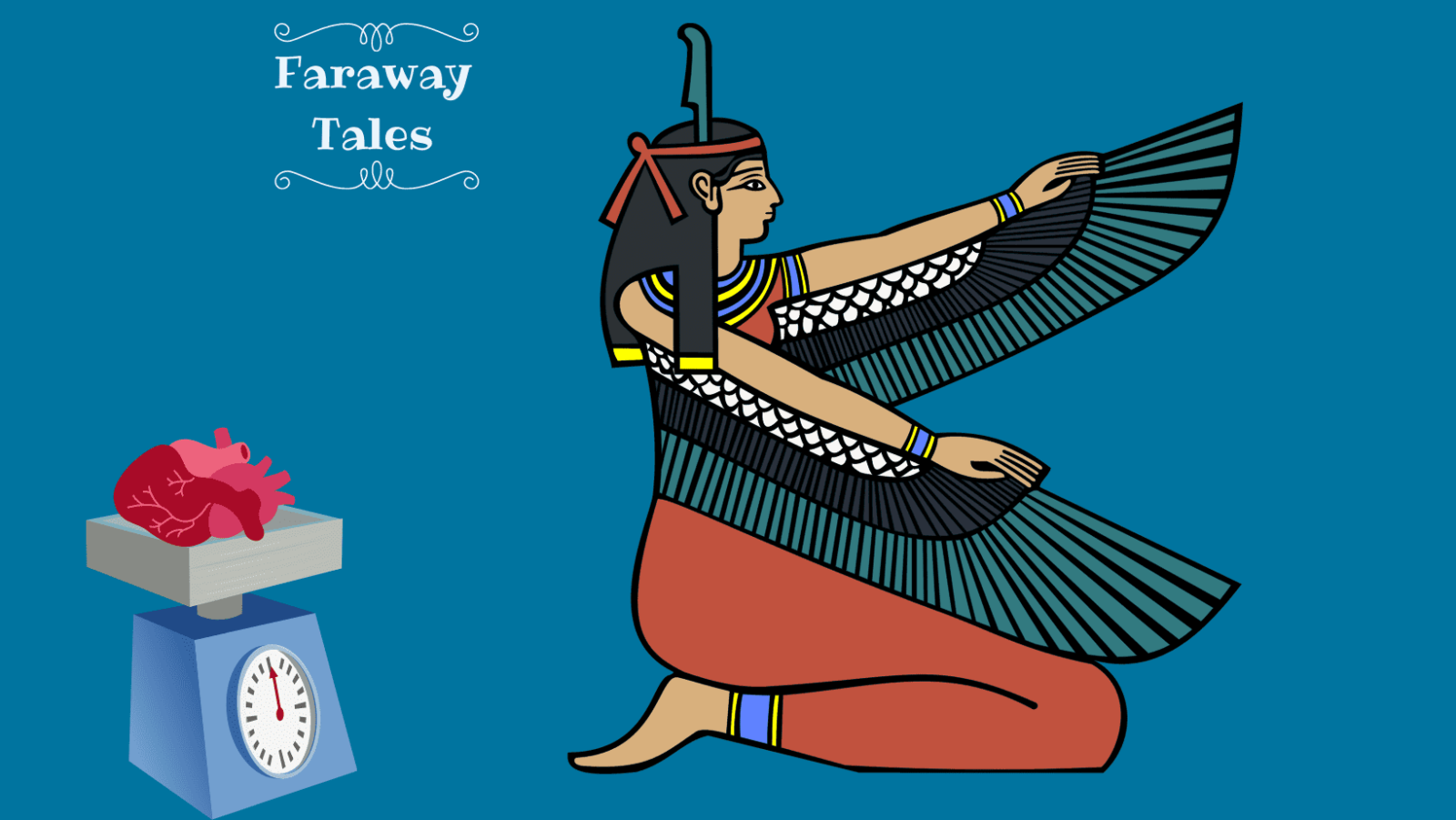
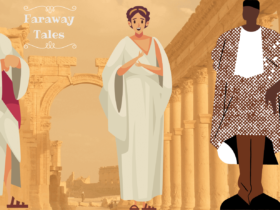
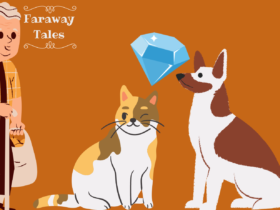
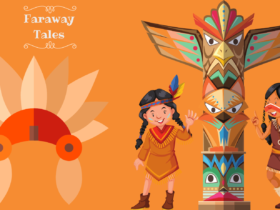
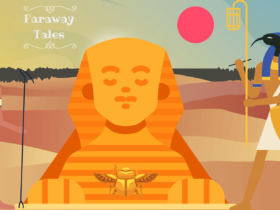
Leave a Reply